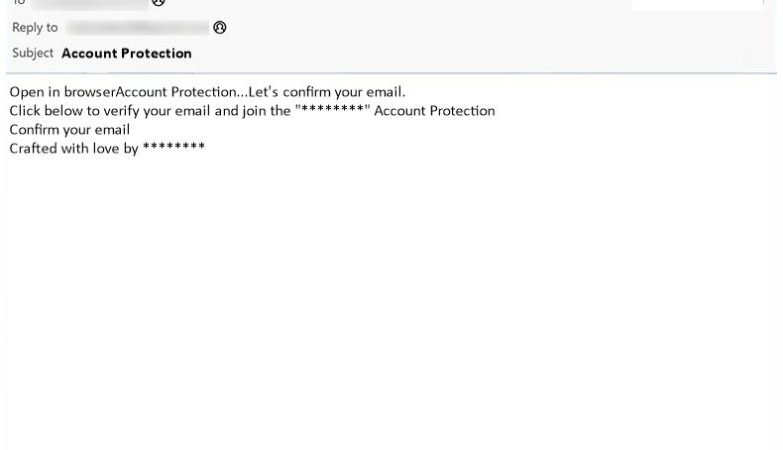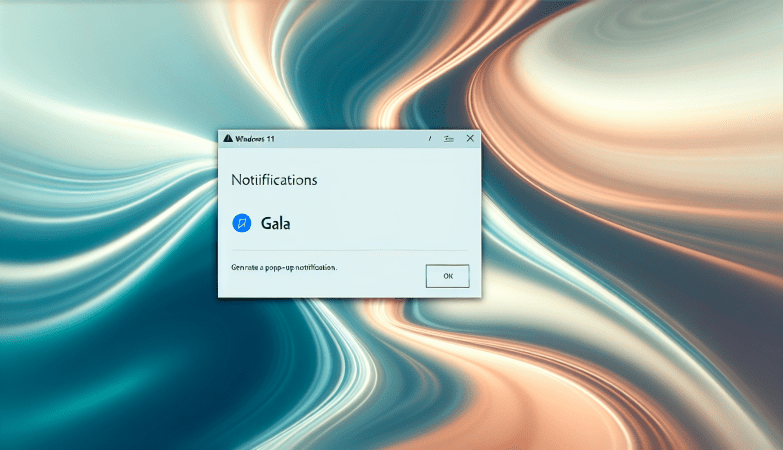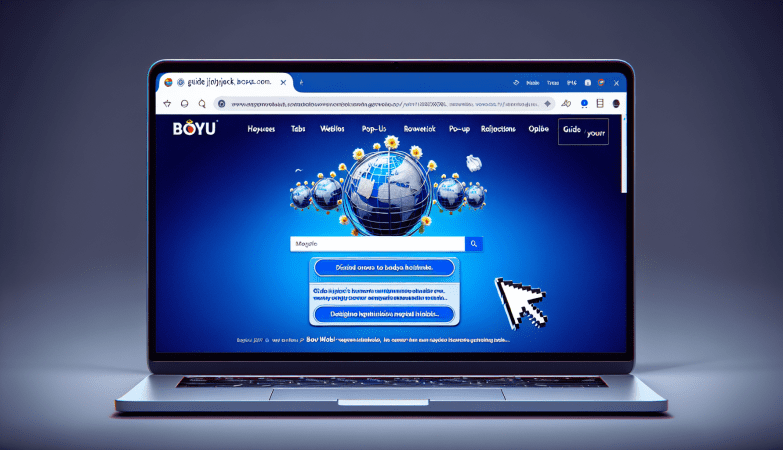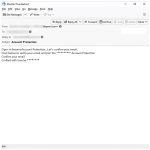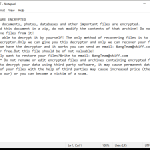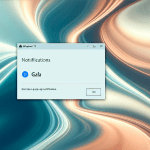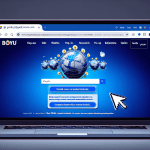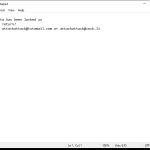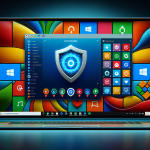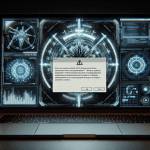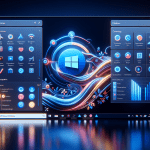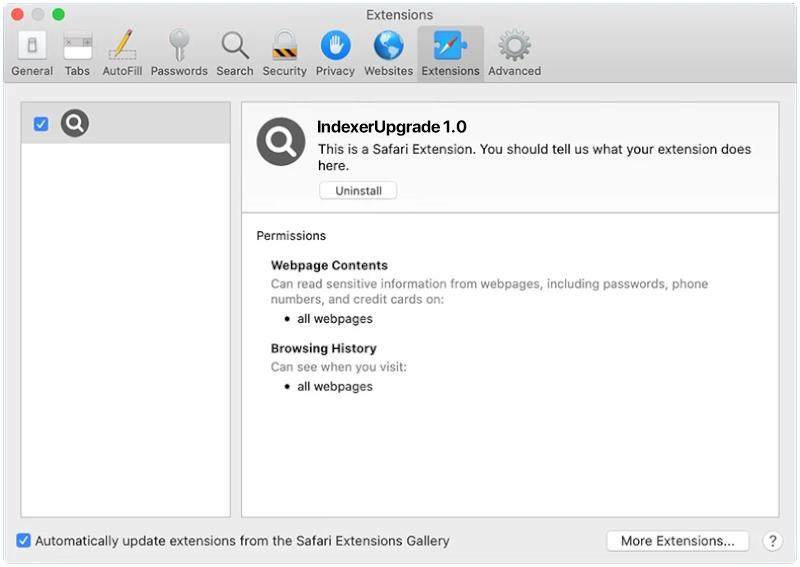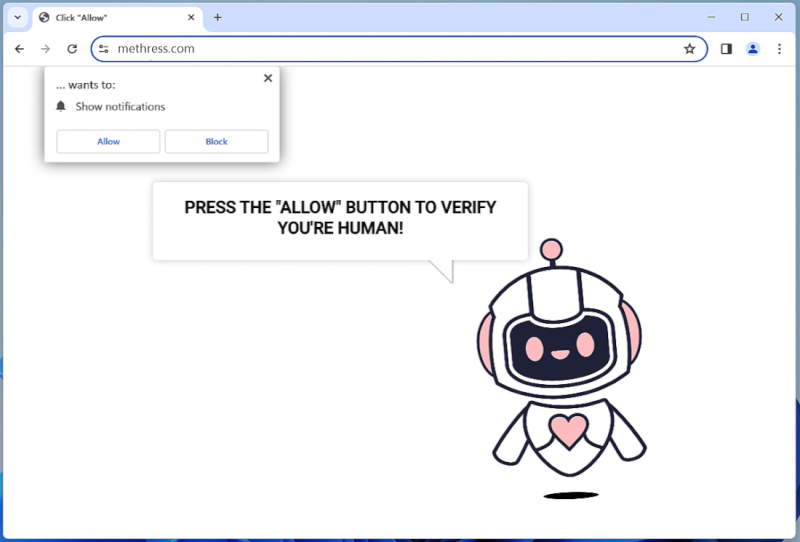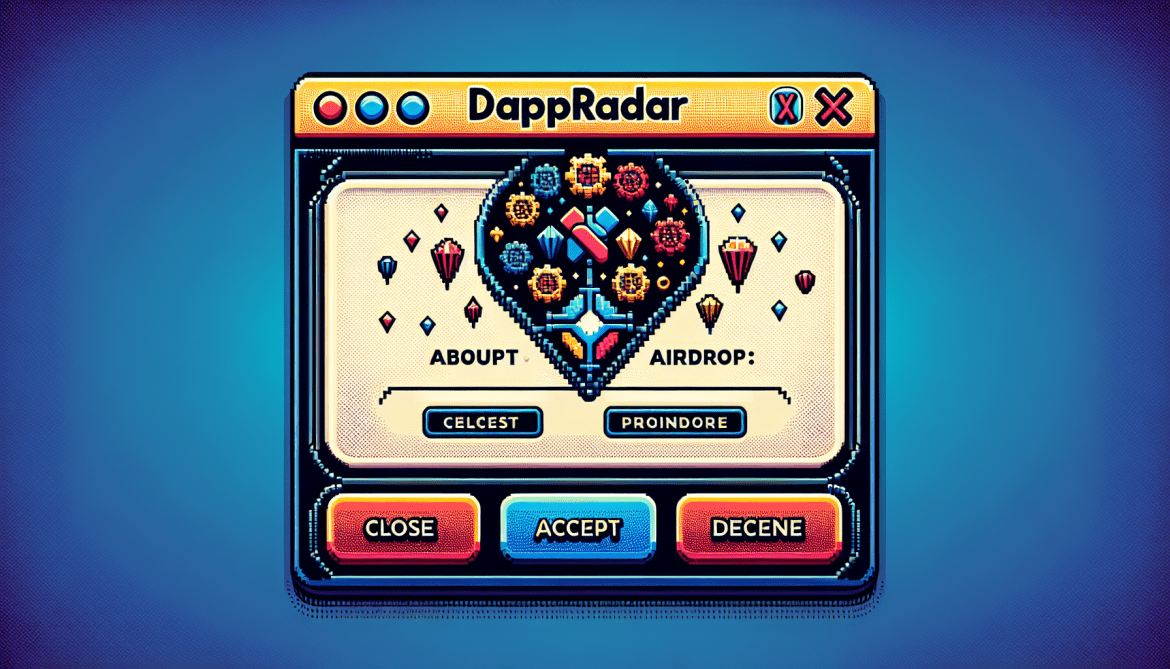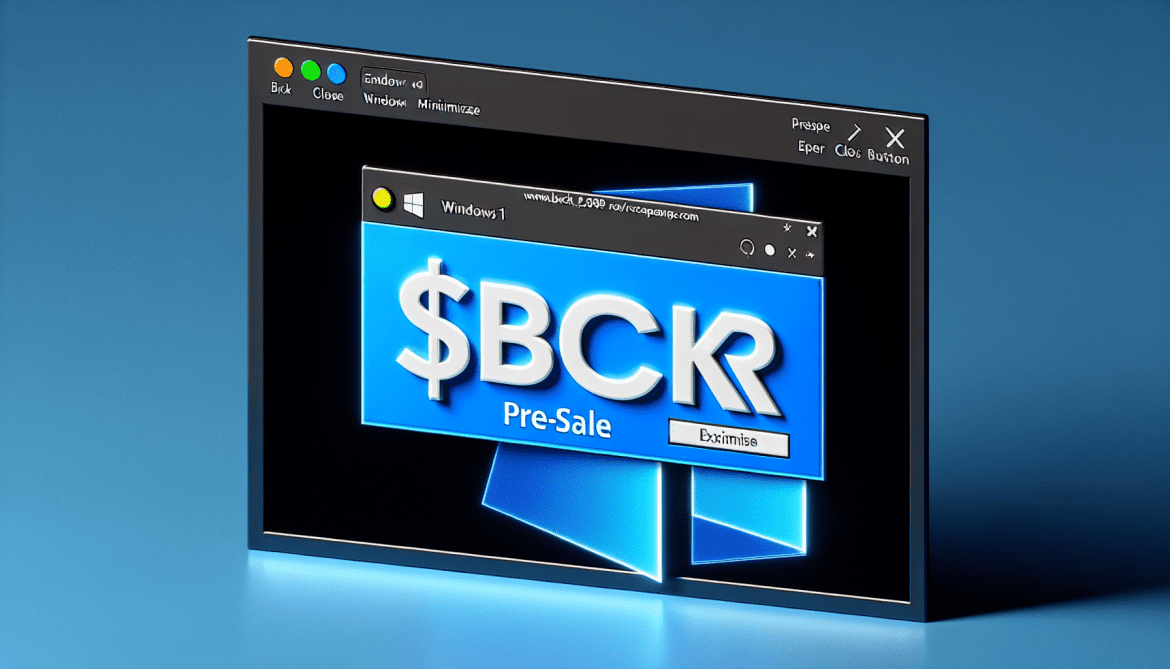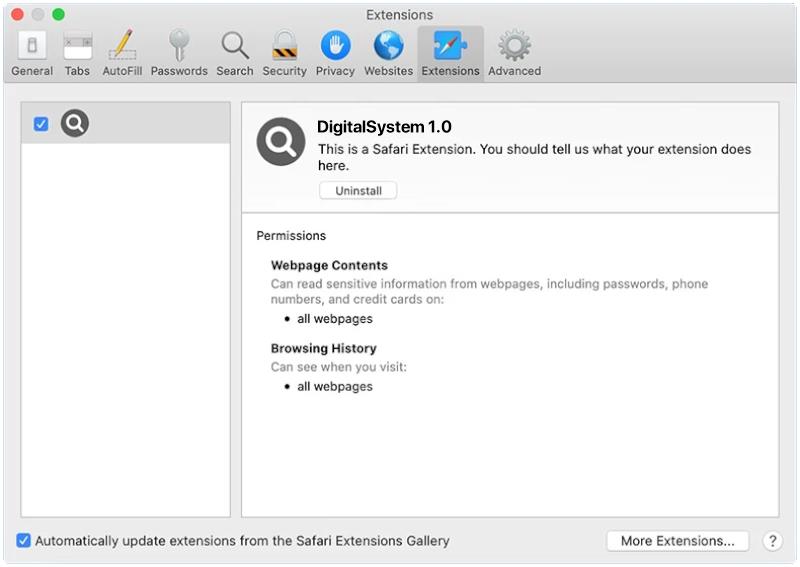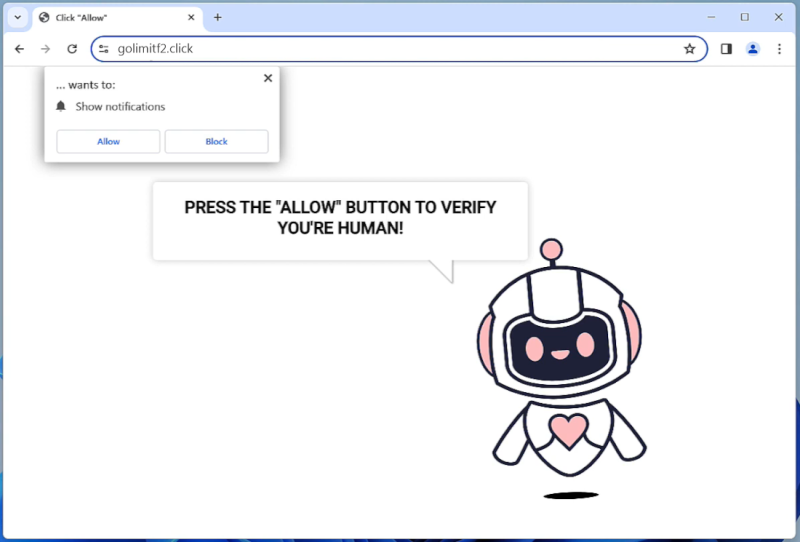How to remove Recusemartpreview.com
Recusemartpreview.com is a malicious website that is known for infecting computers and exploiting browser notifications. It typically spreads through deceptive online advertisements, software bundling, or by tricking users into clicking on malicious links. Once a user visits the website, it may prompt them to allow notifications, which, if granted, can lead to a barrage of unwanted pop-up notifications that can be difficult to stop.
The website can infect a wide range of browsers and devices, including Chrome, Firefox, Safari, and Edge, as well as Windows, Mac, and mobile devices. Once infected, users may experience slow browsing speeds, increased pop-up ads, and even have their personal information compromised. It is important for users to be cautious when browsing online and to avoid clicking on suspicious links or allowing notifications from unfamiliar websites to help prevent infection from sites like Recusemartpreview.com.

